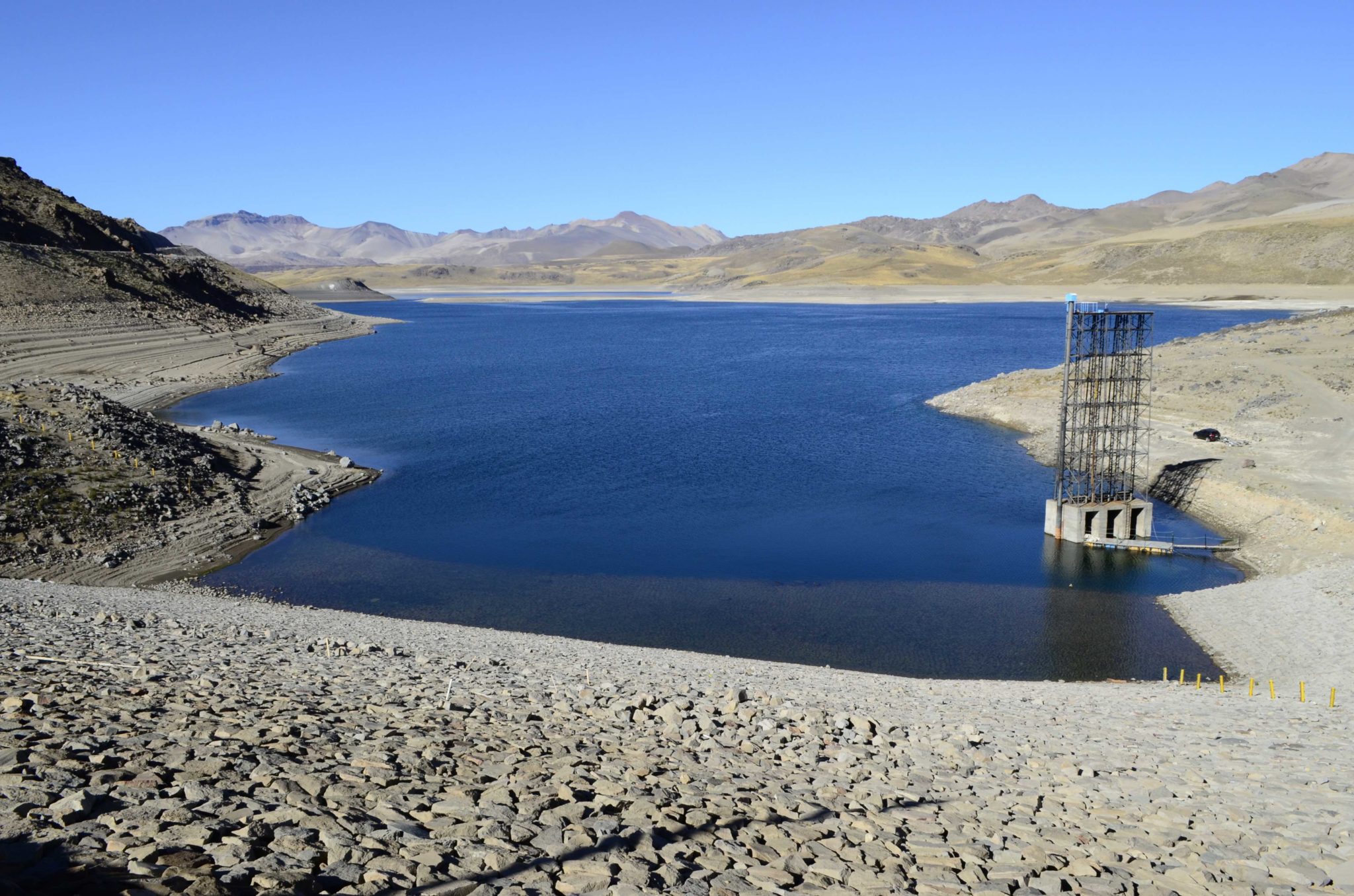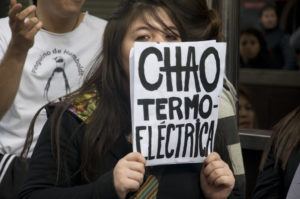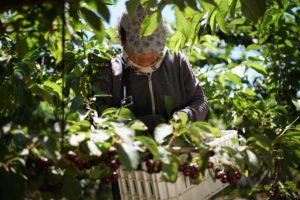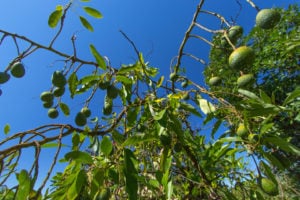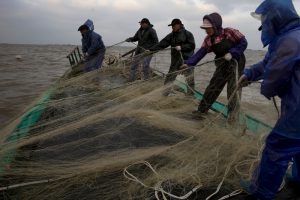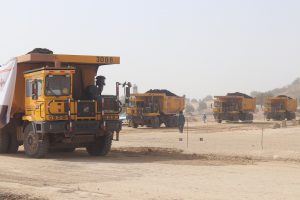Editor’s note: This article on Chile’s water crisis, is the second in a series profiling Chile and its climate change challenges in advance of COP25 climate talks in Santiago in December
One of the main consequences of climate change for Chile will be a lack of water. Government estimates indicate a reduction in water availability nationwide of between 10% and 37% compared to 30 years ago. In some areas, it may have depleted by half.
The reduction will force rationing of a resource that does not yet have an accurate national inventory and could reform the right to exploit water that today lies in the hands of private companies.
Stocktake
Every 30 years, Chile takes stock of the availability of its water resources. The General Directorate of Water (DGA) commissions and prepares the new inventory, which it is currently compiling.
However, preliminary data indicate a vast reduction in water over the past three decades.
In south-central Chile, which is densely populated and supports agriculture, the impact is keenly felt, according to Eduardo Bustos, director of the Global Centre for Change at the Catholic University.
“Decreased rainfall in all medium and long-term scenarios is very consistent”, he said. Increased temperatures are also a factor.
Yet, this vulnerability was already evident ten years ago when the same area suffered a “mega drought.” Though such phenomena are cyclical, the last one was longer and had a greater geographical scope, which, according to various studies, means it can be linked to climate change.
It’s very strange that we have a water management system that does not recognise the existence of a dynamic environment
With this in mind, Sebastián Piñera’s government is working on a water adaptation plan. This is one of the nine sectoral strategies that the Ministry of the Environment (MMA) is spearheading in order to combat climate change.
“We are in the first stages of designing and gathering information to carry out analysis,” said Carolina Urmeneta, head of the MMA climate change office.
The objective, she said, is to have a plan in place by 2020 that includes indicators that can be monitored and verified, rather than an infrequent inventory. It will also give a legal framework to climate change adaption measures relating to water.
However, Urmeneta pointed out that the plan does not consider changing one of the most controversial aspects of water management in Chile: its ownership.
1981
the year Chile granted water rights to private companies
In 1981, Chile’s military dictatorship formulated the Water Code, which is still in force today. It classifies water as a social and an economic commodity and allows the state to grant water rights to private actors, free of charge and in perpetuity.
This creates a water market because those who hold the rights can sell them.
The agriculture sector uses the most water in Chile. Industry is distant second, followed by mining and the health sector.
In many cases, commercial use has impacted the availability of water for human consumption, as happened in Petorca, about 200 kilometres north of capital, because of the high-water intensiveness of avocado cultivation.
Water debate
Shortages and Chile’s climate challenges have sparked a vigorous national debate on whether to change the water system.
“It’s very strange that we have a water management system that does not recognise the existence of a dynamic environment, and where the distribution of the resource cannot be adjusted according to context,” said Bustos.
Oscar Cristi Marfil, director of the DGA, said the system is common worldwide: “The Chilean system is similar to that of other countries such as Australia, South Africa, Spain, and some states in the US, which have had successful experiences, especially in managing scarcity and droughts.”
The scientific evidence in climate projections is not being taken into account
Water markets also help reduce the impacts of drought, he added. For example, in Spain, they have helped to achieve a greater efficiency in water use and a reallocation of resources.
“The European Parliament includes them in its recommendations to ration resources and overcome water stress, while China already has a market and a platform to track transactions,” Cristi said.
According to Cristi, the government’s priority is to ensure the supply of water for human consumption, but also for the conservation of the environment, and the production of goods and services.
“The Water Code was outdated because it lacked adequate tools to face the increase in the frequency and intensity of droughts, the overloading of rights and growing demand,” he said.
In January, the government presented a bill to reform the Water Code to the Senate. It seeks to improve water security, combat speculation with water rights and deliver them freely, except for small farmers and rural health services.
But for Pilar Moraga, of the Center for Climate and Resilience Research at the University of Chile, the government’s proposed reform makes the situation worse.
“The scientific evidence in climate projections is not being taken into account,” she says.
In January, the minister of public works said the fact that perpetual rights will be maintained despite the reform. According to Moraga, this is a major problem with the new bill.
The Perquilauquén River, a tributary of the Maule, 370 kilometres south of Santiago, is a case in point. Water rights in this area are already over allocated.
According to scientific projections, the available water will become scarcer and rights can’t be rescinded, as they were given in perpetuity.
“The solution is to understand water as a strategic asset of common interest, so we must seek an agreement on its productive use and sustainable conservation,” Moraga said.
1,000,000
people in Chile do not have regular access to drinking water
Today, there are many communities can only access water when delivered by trucks, which could be more common if no remedial action is taken.
Almost 47% of rural homes in Chile, some one million people, do not have access to drinking water, according to survey of rural water resources in Chile. Half of all regions in the country will face shortages in the coming years.
With December’s COP25 climate talks in mind, the Chilean government created seven scientific work groups relating to climate change. One is dedicated to water. Though it launched in April, experts such as Cristi and Moraga aim to create thanks to the group new tools for water management.
